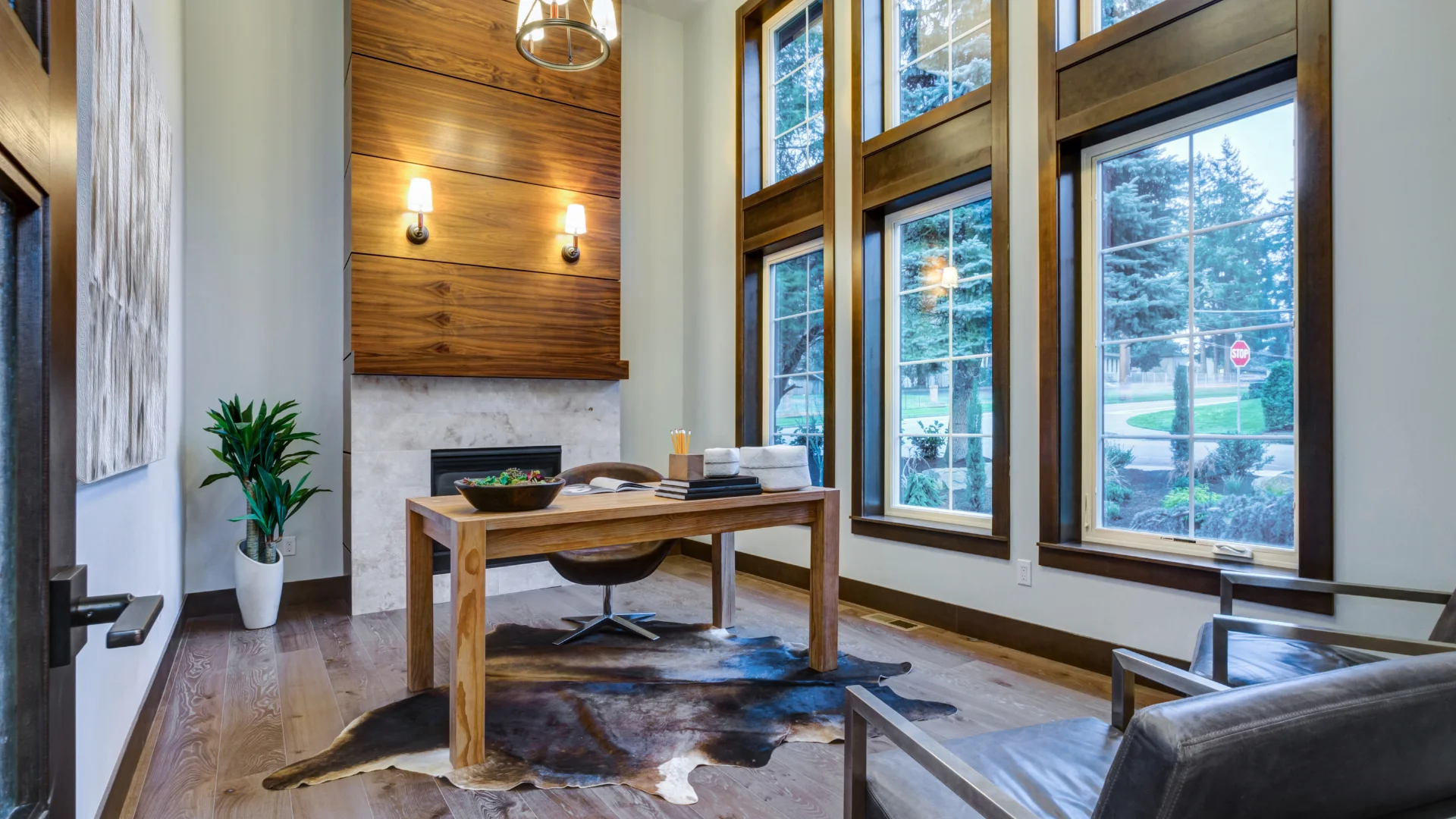Introduction
Creating a custom home office or undertaking DIY home improvement projects can be a rewarding and cost-effective way to enhance your living space. This guide covers everything you need to know about home office DIY projects, from getting started to managing costs, identifying the best projects, and ensuring safety.
Getting Started with DIY Home Office Projects
Who Can Do It?
DIY home improvement projects are accessible to anyone willing to invest time and effort. While younger generations are more likely to undertake these projects due to their comfort with online resources and tighter budgets, homeowners of all ages can successfully complete DIY projects with the right preparation and tools.
How to Get Started
- Plan Your Project: Identify the purpose of your home office and the necessary features. Consider factors such as space, lighting, storage, and ergonomics.
- Research and Design: Use online resources like YouTube, Pinterest, and home improvement blogs to gather ideas and tutorials. Websites like Houzz and Home Depot offer extensive design inspirations and practical advice.
- Budget and Tools: Determine your budget and list the tools and materials needed. Common tools include a drill, screwdriver set, measuring tape, level, and safety gear.
Average Cost of Projects
Cost Breakdown
DIY home improvement projects vary widely in cost. According to RubyHome, here are some average costs for popular projects:
- Home Office Remodel: $1,200
- Bathroom Remodel: $3,131
- Kitchen Remodel: $6,867
- Bedroom Addition/Renovation: $6,653
Going the DIY route can save between 50% to 80% compared to hiring professionals. For example, a DIY kitchen remodel might cost around $11,870 compared to $44,590 for a professional job (RubyHome) (RubyHome).
Savings Potential
DIY projects can offer significant savings, but it’s important to factor in potential mistakes and additional time required. Approximately 44% of DIYers report having to redo parts of their projects due to errors, which can increase overall costs (RubyHome).
Best and Easiest Projects
Best DIY Projects for Home Offices
- Custom Desks: Building a custom desk can be a simple and rewarding project. You can use reclaimed wood for a rustic look or prefabricated materials for a sleek, modern design.
- Shelving Units: Installing shelves provides additional storage and can be tailored to fit any space. Floating shelves are popular for their minimalist appearance.
- Lighting: Upgrading to LED lighting or installing task lighting can improve productivity and reduce eye strain.
Easiest DIY Projects
- Painting: One of the most affordable and impactful projects. A fresh coat of paint can transform your home office.
- Adding Wheels to Furniture: This simple modification can increase the mobility and functionality of your office setup.
- Organizational Solutions: Installing pegboards or magnetic strips for tools and supplies can help keep your workspace tidy and efficient.
Tools and Safety
Common Tools
- Drill and Bits: Essential for assembling furniture and installing fixtures.
- Screwdrivers and Wrenches: Necessary for various assembly tasks.
- Measuring Tape and Level: Ensure precise measurements and alignment.
- Saw: Useful for cutting materials to size.
- Safety Gear: Gloves, goggles, and dust masks to protect against injuries.
Safety Tips
- Read Instructions: Always follow the manufacturer’s instructions for tools and materials.
- Use Safety Gear: Wear appropriate protective equipment, such as gloves and goggles.
- Secure Your Workspace: Keep your work area organized to prevent accidents.
- Take Breaks: Avoid fatigue, which can lead to mistakes and injuries.
Getting Help and Resources
Online Resources
- YouTube: Popular for how-to videos and project inspiration. Around 55% of Millennial DIYers use YouTube for home improvement information (Farnsworth Group).
- Home Improvement Websites: Sites like Houzz, Home Depot, and Lowe’s provide extensive guides, product reviews, and design ideas.
- Social Media: Platforms like Instagram and Pinterest are great for finding project inspiration and connecting with other DIY enthusiasts.
Professional Assistance
While DIY projects can save money, some tasks might require professional help, especially those involving electrical work or major structural changes. Consulting with a professional can ensure safety and compliance with building codes.
Conclusion
DIY home office and custom home improvement projects are a great way to enhance your living space while saving money. With proper planning, the right tools, and a focus on safety, anyone can undertake these projects successfully. Whether you’re looking to create a functional home office or add value to your home through renovations, the key is to start with manageable projects and gradually take on more complex tasks as you gain confidence and experience







